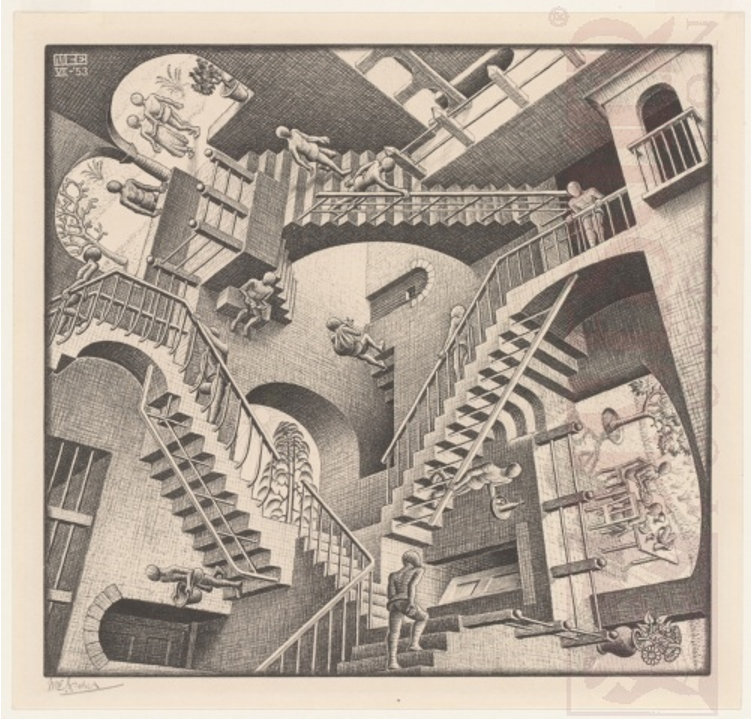From here to there, a look back at those who saw things differently and helped us understand the concept of three dimensional space—and just in time for National 3D Day.
René Descartes, a French philosopher and mathematician who developed the Cartesian coordinate system, introduced a significant leap in understanding and describing the world in 3D—a fundamental concept in understanding three-dimensional space. This system uses three perpendicular axes (x, y, and z) to locate any point in space and provides a way to perform transformations.

Thank you, René.
Tuesday, the 18th of March, we celebrate National 3D Day. This date was chosen because the numbers represent the three dimensions of 3D technology.
The day celebrates three-dimensional technology and its applications across various fields including:
• Entertainment (3D movies, virtual reality, and video games)
• Design and manufacturing (CAD/CAM, 3D printing)
• Medicine (3D imaging like MRIs and CT scans)
• Science and research
• Architecture and construction
• Education and training simulations
National 3D Day often features events at museums, technology centers, and educational institutions, where people can experience 3D technologies firsthand, and outrageous parties at JPR. Other companies involved in 3D technology might also use this day to showcase new innovations or offer special promotions.
The observance helps raise awareness about the importance and impact of 3D technology in our modern world, from its entertainment applications to its crucial role in advancing fields like medicine and manufacturing.
Common types of 3D equations include:

These equations are fundamental in any discipline that requires modeling objects in three-dimensional space. In computer graphics specifically, these equations are used to generate and manipulate 3D models and environments.
Without Descartes’ classifications and clarity, we would not have any semiconductors, satellites, or superimposition. Just think how flat and boring things would be, and you’d have to go around everything else.
So, lift a 3D glass of champagne to celebrate the domain, and never ever complain about having more than one plane.

LIKE WHAT YOU’RE READING? INTRODUCE US TO YOUR FRIENDS AND COLLEAGUES.